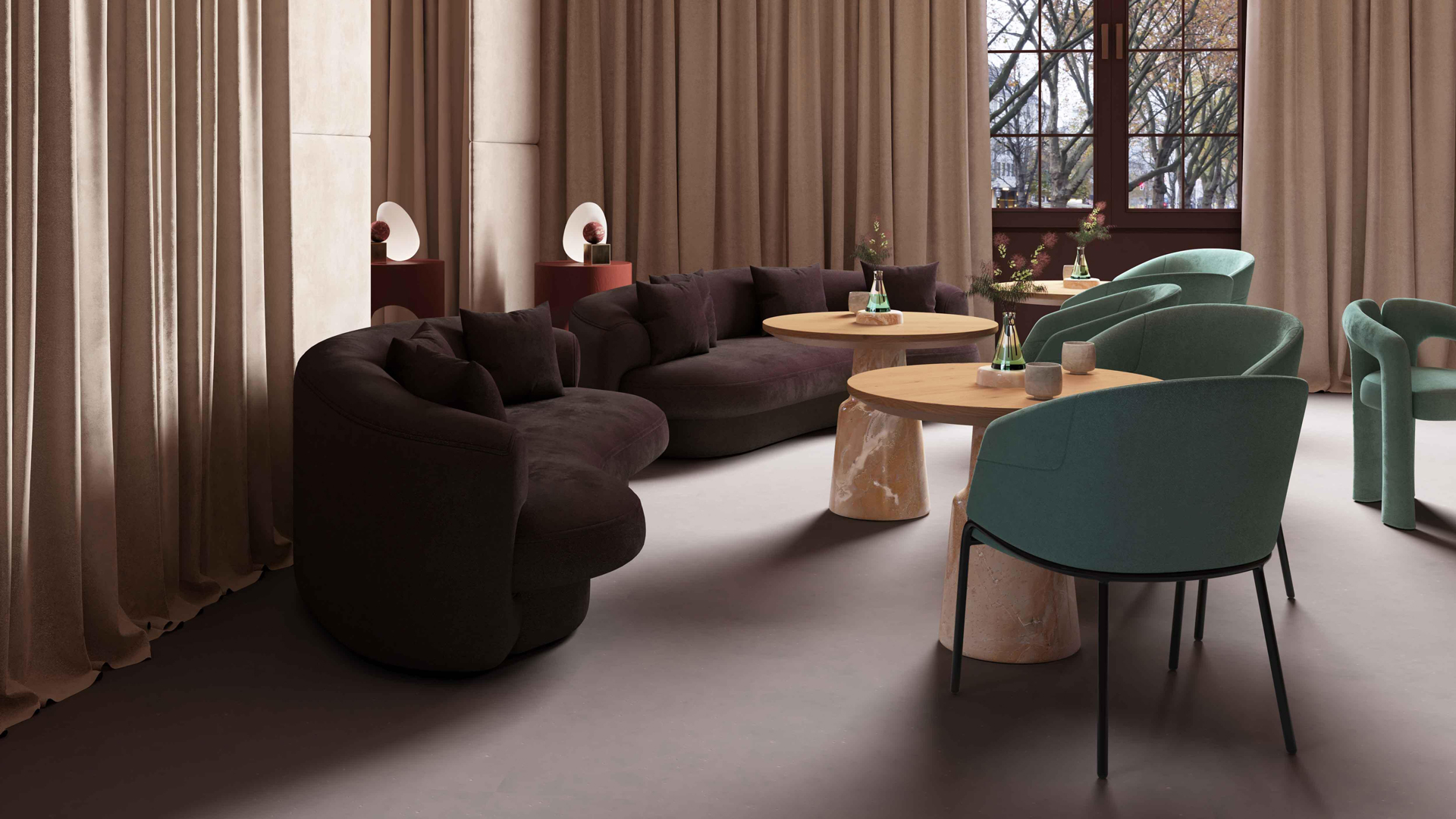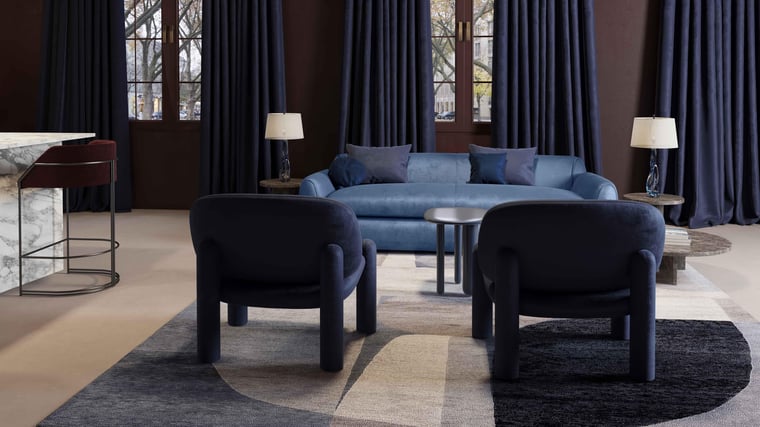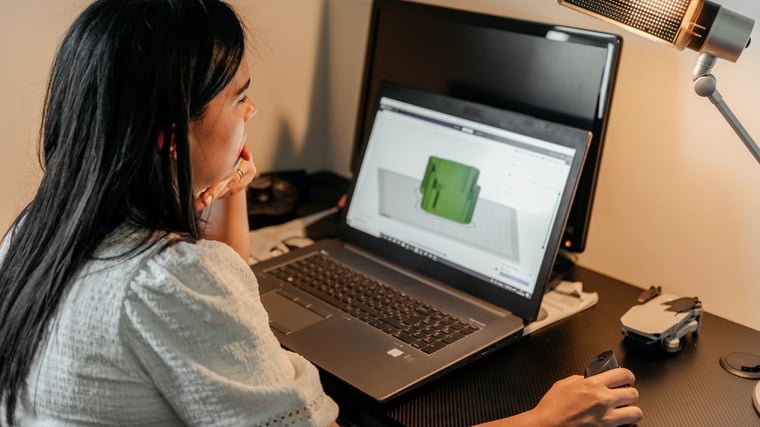
Revolutionising furniture product development: The power of 3D visualisation
Published by Admin on
Jul 31, 2023 6:00:00 AM
Furniture design hasn’t changed much at all in decades. The goal is still to design something that makes a statement and is aesthetically pleasing. It’s also an opportunity to be innovative and build on the rich global history of furniture design reflecting the change in how we live.
The cliche would apply that “if it ain’t broke, don’t fix it.” But, our world is evolving and we have access to solutions that make things better. So, although the furniture product development process is a winner, there are ways to make it better and up the ante for an even more awesome design.

The process
Furniture design or product development follows a pretty standard procedure:
Research > Design Concept > Scale model > Prototype > Product testing > Go to market
This process isn’t the most cost-effective and, if followed using traditional methods, can take quite a long time. In accounting, software programs automate many calculations so balancing of books and reconciliations are faster and more accurate. In architecture, CAD helps ensure angles are correct and automates dimensioning which could take weeks by hand. So, why then can’t furniture designers and manufacturers utilise technology to improve their product development?
Well, they are doing just that!
In the world of furniture design, 3D visualisation has become a game-changer in the product development process. It’s not only improving the business operation for furniture designers, but it’s also affording them the chance to improve the quality of products at a much greater speed than ever before.

3D visualisation for furniture
One of the most significant benefits of 3D visualisation in furniture design is the ability to create more accurate designs. Furniture designers can use digital prototypes to create a more in-depth understanding of the product before production begins. With 3D visualisation, designers can create a complete virtual model of the product, testing different materials, colours, textures and finishes to see how they would look in the real world.
Additionally, 3D visualisation technology speeds up the development process, allowing brands to produce products faster and at a lower cost. By using virtual prototypes, brands can quickly identify any design flaws before creating a physical product, reducing the need for multiple physical prototypes. 3D visualisation also allows designers to test different materials and colours quickly, making adjustments to the design in real time, leading to a faster product development process.
Twinbru's 3D fabric textures are also among the latest technological advancements in the furniture development process. By using 3D fabric textures, furniture designers can create more accurate depictions of fabrics and textures, providing more details to customers before the product is even created. Twinbru's 3D fabric textures are a significant addition to the furniture design industry, helping brands to create more visually appealing products while reducing their carbon footprint.
Another significant benefit of 3D visualisation in furniture design is that it allows designers to create evergreen content. By using 3D visualisation, designers can create a wide range of marketing content that can be used for a long time, including high-quality images and videos of products. This type of content can be used on websites, social media platforms and other marketing channels, providing customers with a clear understanding of the product before making a purchase.
A seat on the sofa
3D visualisation is but one technology that is enhancing furniture product development. Along with 3D printing, Artificial Intelligence, and the Internet of Things (IoT), there are ways to elevate the process in a manner that is beneficial for any furniture design business.
The aim is always to support human creativity and innovation and ultimately create products that do good for the world. Twinbru has achieved this with its digital fabric textures and we are proud to be part of other digital solutions that can do the same for furniture designers and manufacturers.